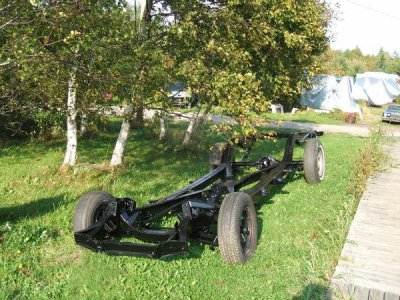Your right, 'sprung steel' is a tempered steel that will return to its shape. Like a leaf spring I guess. Makes it more flexible but wont hold a shape after being 'sprung'.
Because of that you don't 'buy' sprung steel you make it. You would make whatever you need then get it tempered. Not sure where you would start looking, maybe a smelter? I do know of people that used to do it tho. They used it on reproduction swords. You'd cut and shape the blade then send it off to get tempered. Meant the sword had some side to side movement, but you could throw it on the ground, stand on it on uneven surface, even bend them nearly in half and have them spring back straight.
I would be careful when making this piece because it sounds to me like it would be made to be installed 'under tension'. So it would always be push both front and rear half up and together, if you catch my drift. You may have to make it with less angle then it seams to have installed, so you have to bend the reinforcement it to place. Like a encapsulated coil on suspension.
HTH

















